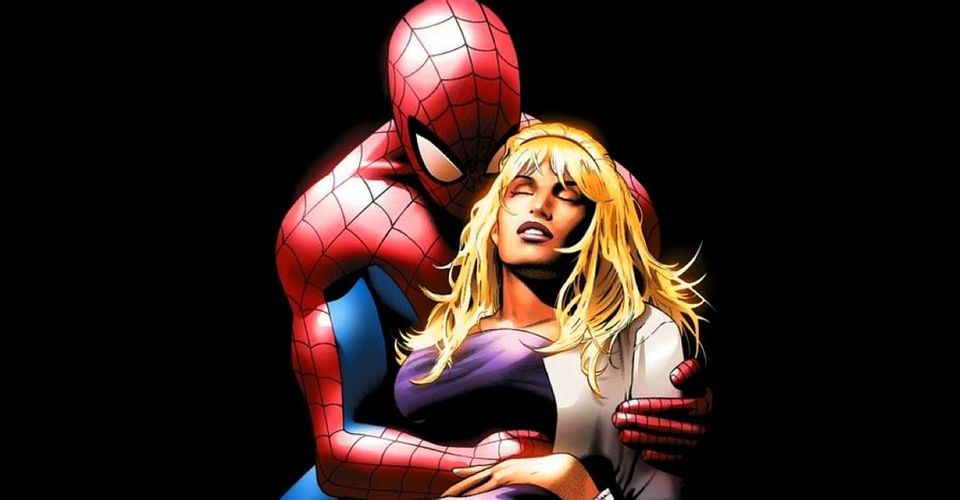Spider-Man: Gwen Stacy’s Death Was Scientifically Accurate

One of the biggest tragedies in Spider-Man’s career as a friendly, neighborhood superhero was the heart-shattering classic Amazing Spider-Man #122, which famously depicted the death of his longtime love interest Gwen Stacy. Yes, the Green Goblin killed Gwen by dropping her from the George Washington Bridge, but was Spider-Man’s intervention the thing that actually took her life? It turns out the death as depicted has its roots in real-world science.
In a panic, Spider-Man quickly shot a thin strand of web to catch Gwen by the leg, saving her from plunging to her death, but as many writers have suggested, the ill-judged move accidentally snapped her neck. At the time, readers were unsure of what exactly happened: was it the whiplash that caused it? Had the Green Goblin already killed her before the fall? Or was it the shock of the fall itself that led to her demise? A few issues later, in Amazing Spider-Man #125, Marvel editors clarified: Spider-Man had been responsible. Now not only was our hero already plagued by the memory of the burglar he allowed to escape who later killed his Uncle Ben, but he had just unintentionally caused the death of the woman he loved. The guilt and the heartbreak took its toll on Peter Parker, and some, including Mary Jane Watson, Peter’s later love interest, believe he never got over Gwen’s death.
The Physics of Superheroes, a book by author and physicist James Kakalios, delves into the scientific probability of superhero comic books. The book analyzes the famous powers and feats of popular superheroes via physics concepts and humorous observations. Topics range from the Flash and friction caused by his intense superhuman speeding to whether Ant-Man could really shrink down to his microscopic size. Kakalios assesses whether Gwen Stacy would really have died the way she did after Spidey caught her. In fact, his studies are so impressive that Kakalios was brought on as a consultant on the Mark Webb Spider-Man reboot sequel The Amazing Spider-Man 2, a movie which adapted the legendary “The Night Gwen Stacy Died” story to strong emotional effect.

Kakalios explains that even with his webbing being so flexible, when Gwen was hurled from the bridge there wasn’t enough time for Spider-Man’s web strand to stretch and spread its force. As Gwen was falling her velocity kept increasing, and he hypothesis that Gwen is falling about 300 feet, going at 95 miles per hour. So it’s force multiplied by time equaling her mass times change in velocity, an equation referred to as “change in momentum” in physics.
Keeping in mind that the actual weight of Gwen’s body can multiply to about ten times its force when falling at such heights, Spider-Man was just not at the proper distance to be able to save her – a half-second stop enforced upon someone plummeting 95 miles per hour could definitely snap their neck. and in contrast Kakalios points out the safety measures and distances skydivers and bungee jumpers apply when practicing their sport, or even how airbags in cars are deployed in an accident.
So, sadly, Peter Parker did end Gwen Stacy‘s life, even though she would have perished anyway without his intervention. On a happier note, many later writers have taken pains to stress that Spider-Man learned from this error, and he now arrests falls with multiple points of contact or web-nets, meaning that not only did the scene draw from real-life science, but so did Spider-Man‘s solutions in future stories.
Source: The Physics of Superheroes
About The Author


















